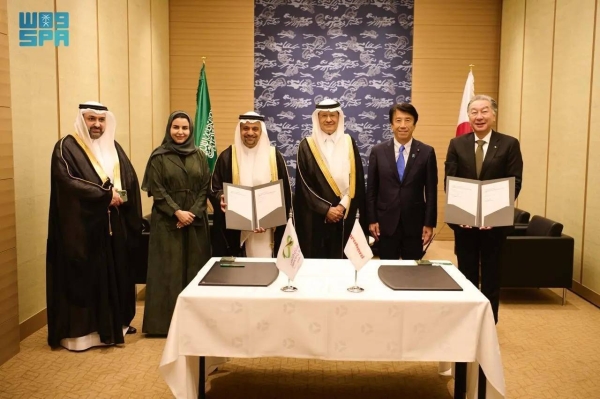
RIYADH: Renewable energy capacity in the Middle East soared to a record high in 2023, with the addition of 5.1 gigawatts, marking a 16.6 percent increase from the previous year.
According to the latest data released by the International Renewable Energy Agency, this new addition brought the region’s total renewable energy capacity to 35.54 GW, with Saudi Arabia accounting for 2.68 GW.
The data showed that global green power capacity reached 3,870 GW in 2023, marking a 13.9 percent increase over the previous year. This represents the largest surge in sustainable energy capacity to date, with the addition of 473 GW.
Green sources constituted a record-breaking 86 percent of global power additions, primarily driven by substantial expansions in solar and wind energy.
Solar power alone contributed nearly three-quarters of renewable additions, totaling a record 346 GW, while an additional 116 GW of wind energy was incorporated, the report added.
Francesco La Camera, director general of IRENA, said: “Despite these unprecedented renewable additions in 2023, the world is still falling short of what is required to achieve the goal adopted at COP28 to triple installed renewable power capacity by 2030 to reach 11 TW.”
With one less year to meet the goal, he emphasized that the world now requires additions of approximately 1,050 GW each year for the remainder of this decade to align with the World Energy Transitions Outlook scenario and maintain a trajectory toward limiting global warming to 1.5 degrees Celsius.
The growth of sustainable energy is unevenly distributed globally, with Asia leading the expansion with a 473 GW increase, primarily propelled by China’s 63 percent surge to 297.6 GW. This highlights a notable discrepancy with other regions, particularly developing countries. While Africa saw some growth, it was modest at 4.6 percent, reaching 62 GW.
By the end of 2023, Camera said, renewable energy sources comprised 43 percent of the global installed power capacity.
“Yet, as we draw closer to a world in which renewable energy accounts for half of total capacity, many energy planning questions still need to be addressed to establish renewables as the most significant source of electricity generation - including in the context of grid flexibility and adaptation to variable renewable power,” he added.










